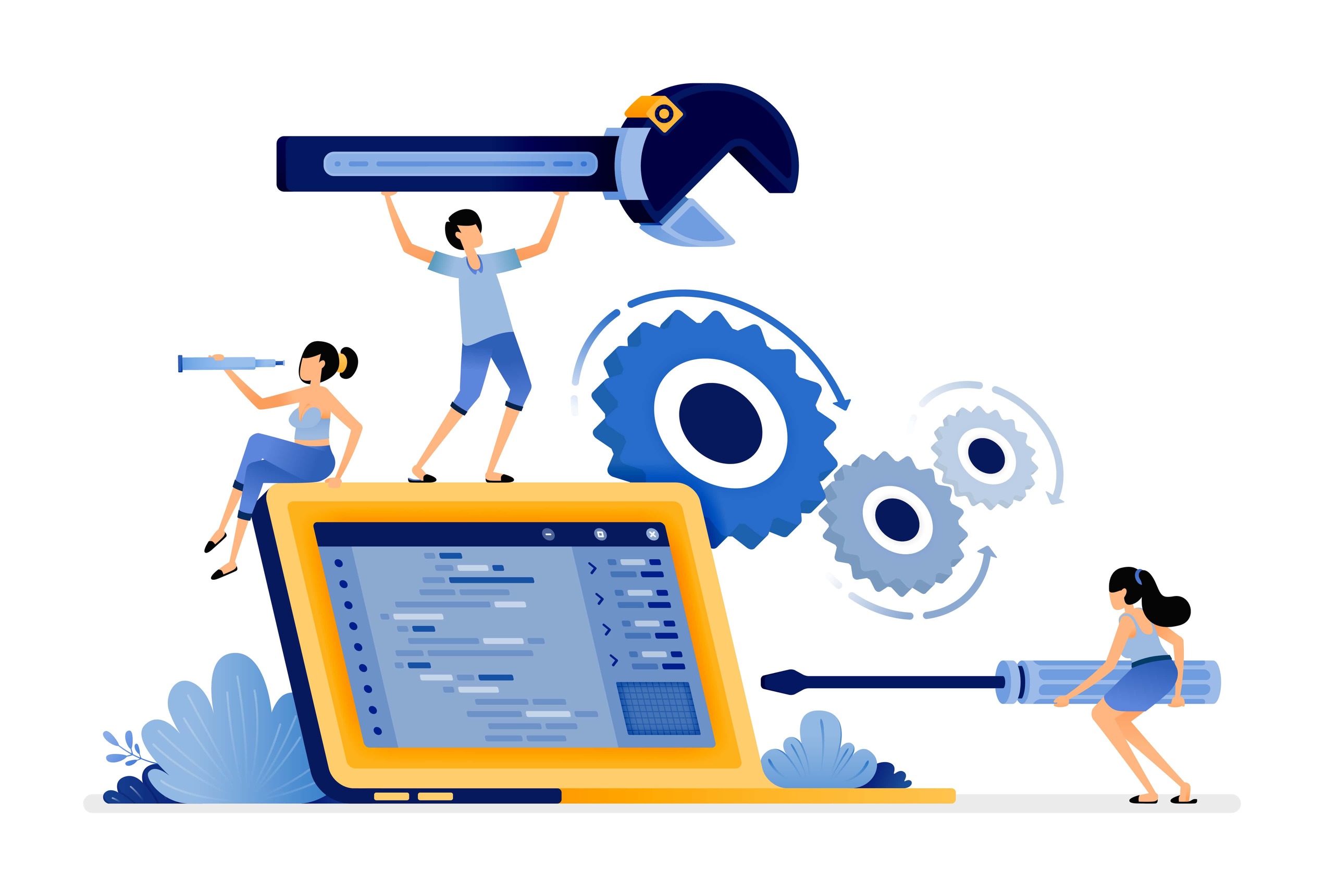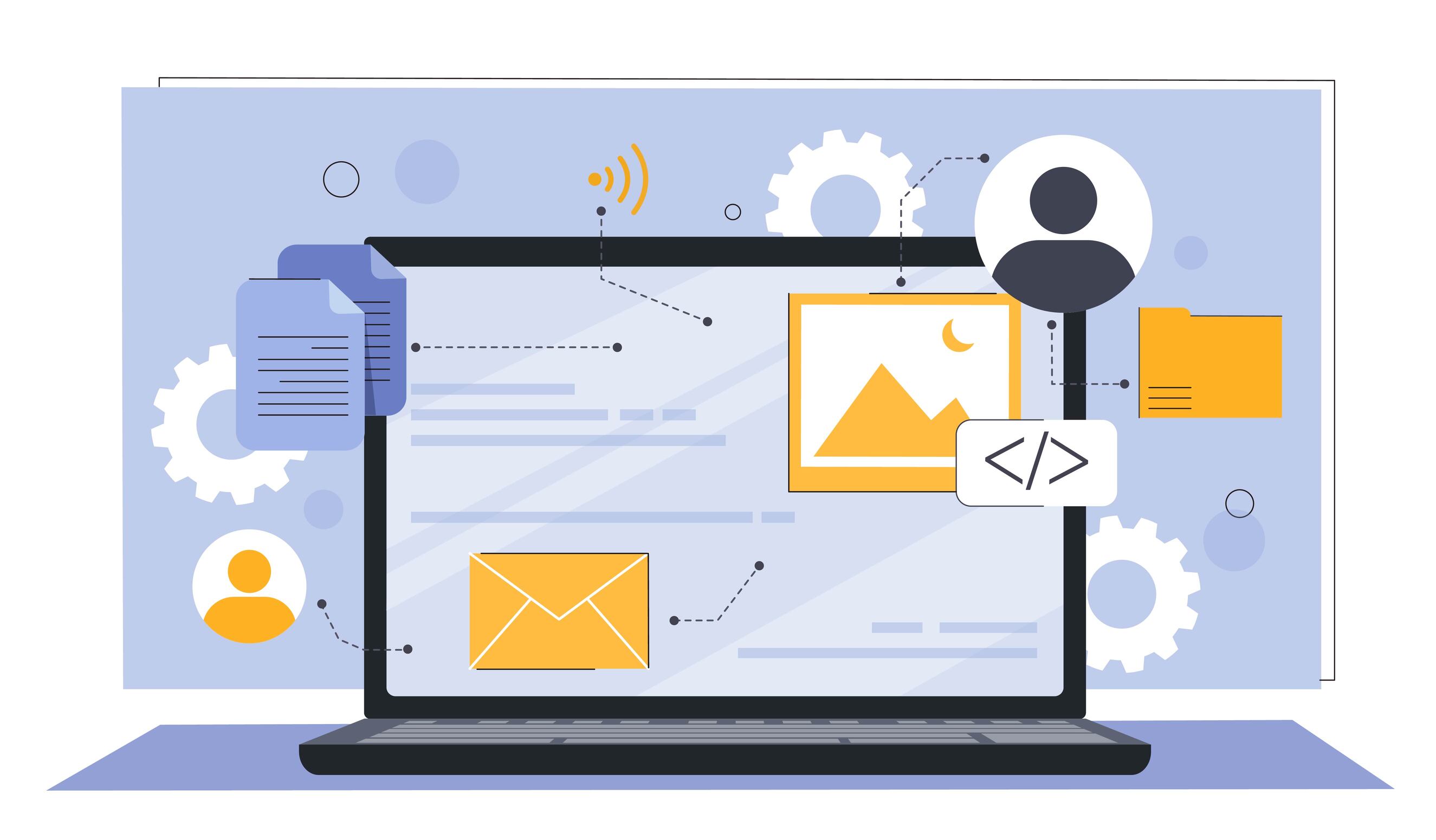Organizational Portal - The Key to Improving Communication and Productivity in the Modern Workplace
Corporate portal

 2196
2196 
Organizational Portal - The Key to Improving Communication and Productivity in the Modern Workplace
In today's digital age, many organizations are facing a common challenge: how to streamline the flow of information, strengthen collaboration, and increase employee productivity. The solution, it turns out, is right under their noses - the organizational portal. This powerful digital tool is rapidly becoming an essential asset for companies of all sizes and industries looking to enhance internal communication and drive their business forward.
What exactly is an organizational portal? Simply put, it is an internal website accessible only to the organization's employees. The portal serves as a central space for information sharing, knowledge management, and two-way communication between management and employees, as well as among different departments. But beyond being a repository of procedures and documents, a sophisticated organizational portal offers a wealth of advanced features that can change the game in the workplace.
First, let's look at the data: A recent study conducted by research firm IDC found that the global organizational portal market is expected to grow at an impressive rate of 10% per year in the foreseeable future. The reasons for this are varied, but they primarily stem from prominent trends of hybrid work, geographically distributed teams, and the increasing need for quick access to information from anywhere at any time. In this context, an organizational portal is a suitable and effective response to the challenges of the times.
One of the notable advantages of an organizational portal is its ability to dramatically improve collaboration and coordination among employees. When all relevant information - from procedures and regulations to timelines and presentations - is just a click away, employees can focus on what really matters instead of wasting precious time searching or requesting information. Furthermore, an organizational portal allows for ongoing and multi-directional communication, whether through discussion forums, an internal messaging system, or even a dedicated social network for the organization. The result is an innovative and dynamic work environment that encourages engagement, creativity, and free flow of ideas.
A great example of this can be found in the Israeli high-tech company WalkMe, which develops a platform for digital training and guidance. With over 1,000 employees in 7 offices around the world, WalkMe needed to find an efficient solution to the communication and coordination challenges arising from rapid growth. The solution? A comprehensive organizational portal that now serves as the digital backbone of the company.
"The organizational portal has changed the way we work," tells us Ran Weiss, COO of WalkMe. "It allows us to share information effectively, manage cross-border projects, and maintain a cohesive organizational culture despite physical distances. But beyond that, the portal has become an essential tool for promoting innovation - through idea sharing, peer feedback, and even internal creative competitions. Today, it's hard for us to imagine working without it."
However, an organizational portal is not just for resource-rich technology companies. Small and medium-sized businesses can also benefit from its advantages, especially given the cheaper and more user-friendly options available on the market today. In fact, studies show that in smaller organizations, a successful portal implementation can yield up to a 30% improvement in employee productivity.
For example, the law firm Goldman & Co., which employs 40 people, recently integrated an organizational portal tailored specifically to its needs. "As a small firm, we always dealt with issues of poor communication and information loss," says attorney Tali Goldman, a senior partner at the firm. "But since we established the portal, we are experiencing a real revolution. All documents, instructions, and standard forms are in one place, accessible at any moment. Sharing materials between different lawyers happens at the click of a button, and the result is faster and more efficient workflows, and ultimately - better service for our clients."
There is no doubt that an organizational portal is more than just a technological tool - it acts as a catalyst for real business transformation. By encouraging collaboration, providing accessible information, and fostering a culture of transparency and innovation, an organizational portal can be the key to long-term success in the modern workplace.
However, it is essential to remember that the success of implementing an organizational portal depends not only on choosing the right technological platform but also, and perhaps mainly, on the proper management of the organizational change process. As Dr. Dana Cohen, a senior lecturer in management at Bar-Ilan University, emphasizes, "An organizational portal is not a magic solution. To maximize its benefits, true commitment from management is required, a structured training program for employees, and an ongoing process of monitoring and improvement. Only in this way can we ensure that the portal becomes an integral part of the organizational culture and yields the desired business results."
So, if you are managers or business owners, it is time to ask yourself - is your organization ready to jump on the organizational portal wave? Are you ready to invest the resources and efforts needed to harness the power of this technology? If the answer is yes, you will likely soon discover just how much the organizational portal can be the engine that drives your business forward - to a place of better communication, enhanced collaboration, and endless growth.






